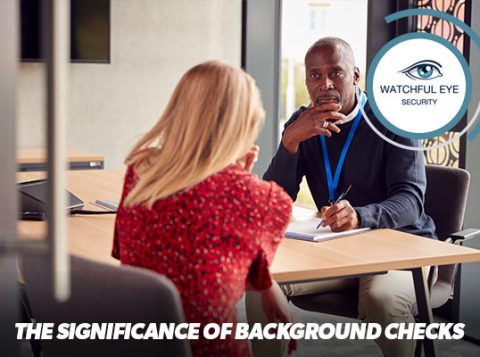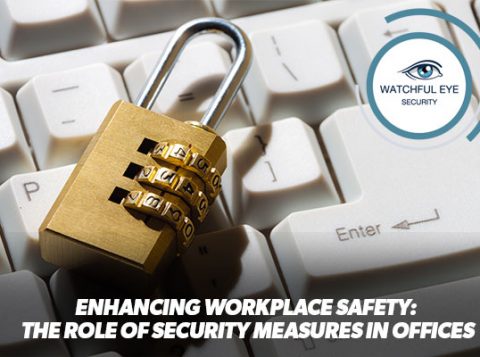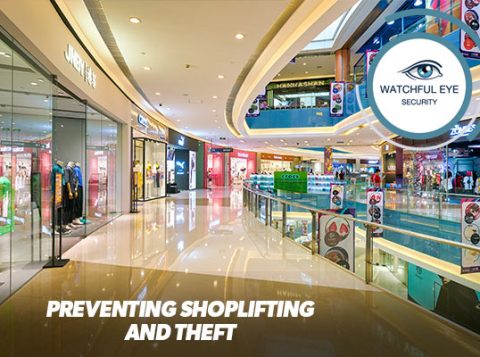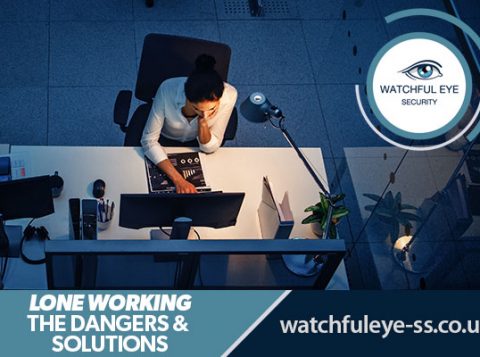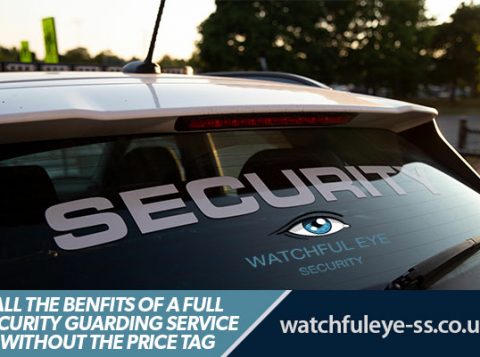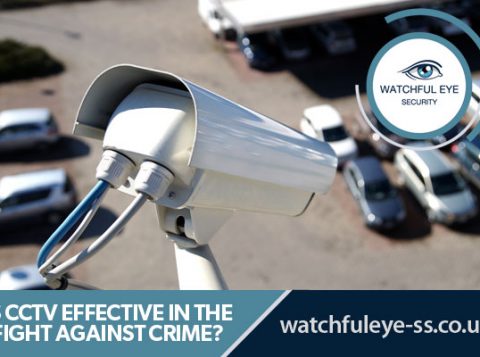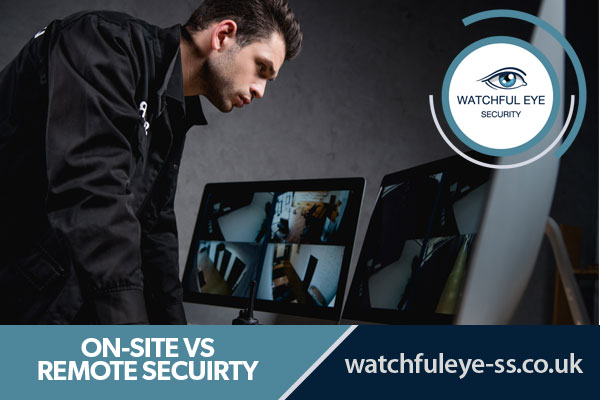
On-site vs Remote Security
Global video surveillance has exploded in the past few years. In fact, the market is expected to reach a value of more than $90 billion by 2026. Due to enormous strides, remote monitoring technology has made over the past decade, businesses now have a simple and cost-effective way to watch their facilities from afar. Digital security firms can even plug directly into a company’s CCTV, and monitor 24 hours a day, seven days a week.
However, video surveillance is not enough for those looking to create a comprehensive security strategy for their business. All organisations experience physical threats, and human guards prevent, diffuse and minimise these risks. They ensure a company’s assets, staff and visitors are protected and manage emergencies caused by natural events, such as fires, power outages, or floods, as well as criminal activity such as theft & vandalism.
One study outlined a six-month experiment that a transit system conducted, showing an increase in patrol visits and security guards that led to a 16% reduction in victim-generated crimes and a 49% increase in police-generated detection’s at the target locations. It concluded that, “Security guards, who are dynamic actors of social control mechanisms, deter offenders. They prevent crime but also increase detection of new crimes.”
Who Needs Human Security Services?
Nearly every industry can benefit from having on-site security services. Industrial facilities, hospitals, school campuses, residential communities, concerts, religious institutions, retail stores–the list goes on. The key is in deciding what type of services a facility would benefit from most – armed guards, unarmed guards, foot patrols, loss prevention specialists, concierge service, or all of the above.
On-site vs. Remote Monitoring
While remote monitoring technology has made enormous strides over the past few years, there is no substitution for boots on the ground intelligence. Having easy mobility in an emergency situation is imperative, and a visible security presence can help deter crime.
Video surveillance, on the other hand, is stationary and requires a person monitoring at all times. If criminal activity is detected via video surveillance, no action can be taken to diffuse the situation other than calling law enforcement. Usually this delayed response results in the perpetrator completing their actions and fleeing before help arrives.
When video surveillance is used in tandem with on-site officers, the technology can serve as a force multiplier, allowing safety professionals to have eyes and ears throughout the premises. As off-site staff monitor CCTV footage, they can alert the onsite security team about potentially dangerous situations while telling law enforcement about the unfolding scenario.
Using a mix of human officers and video monitoring services ensures that there are eyes on all areas, as well as the manpower to diffuse any situation.
For a free assessment of your security requirement please contact us.






































